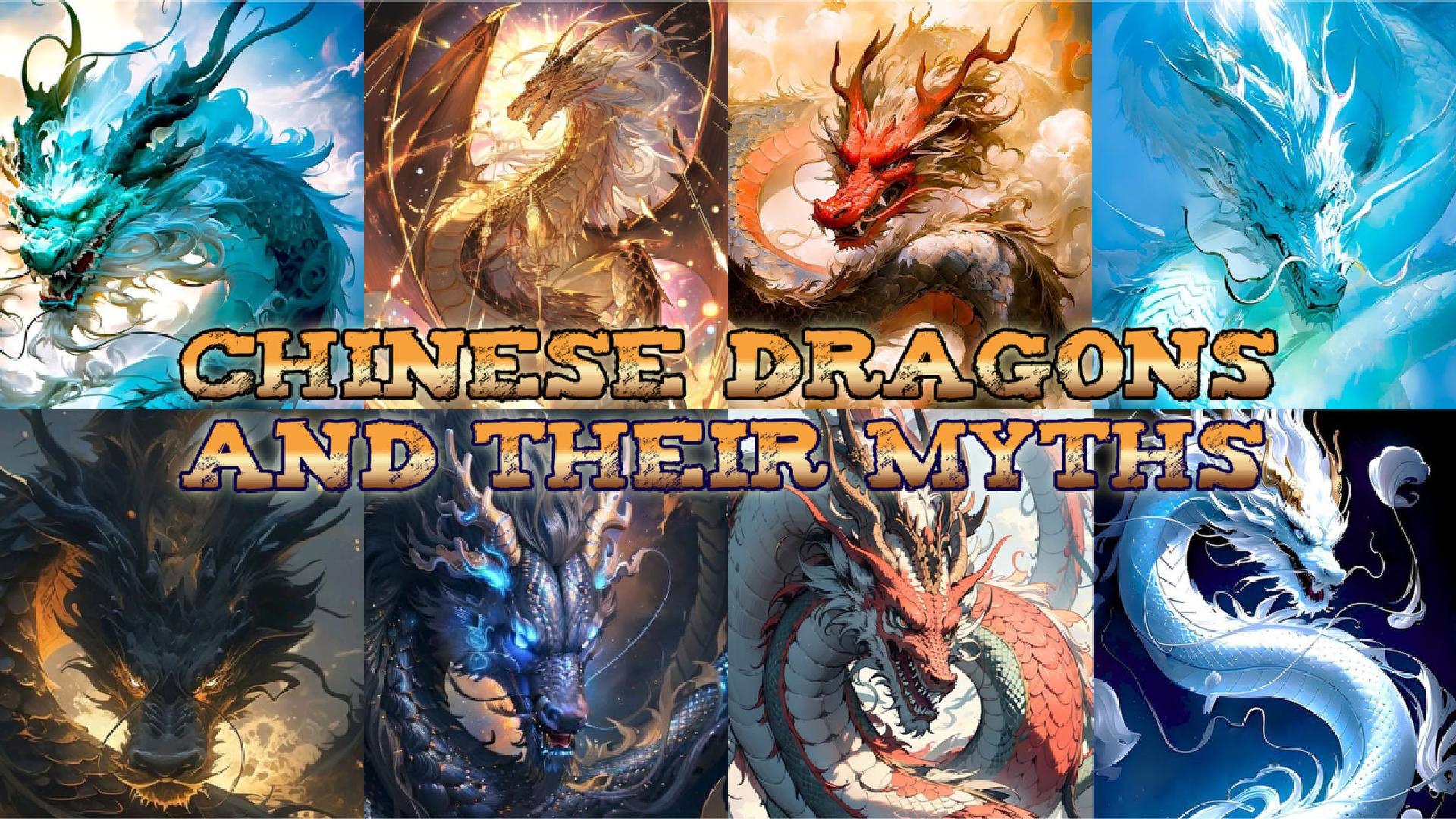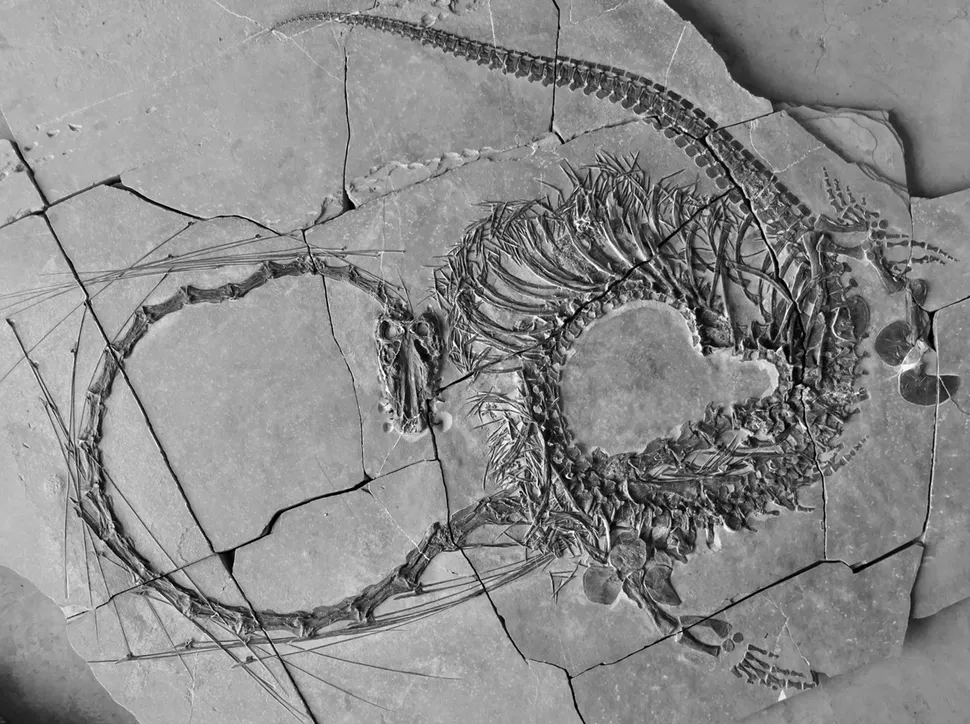Fire dragons can also make rain, and Chinese dragons also have wings
Did you know that the East Asian cultural sphere celebrates a holiday called the Lunar New Year in addition to the Gregorian New Year?
The Lunar New Year is the beginning of the new year based on the lunar calendar. Unlike the Gregorian calendar, which uses numbers, these countries use the 12 animals of the zodiac to name each lunar year.
February 10th was the Lunar New Year of 2024, and the animal representing this year is the dragon.
Dragons exist in many different cultures. In China, they are more than just a generic species but are also named and given individual identities, along with mythological stories associated with them.
First, let’s go to the list of 4 ancient dragons.
Azure Dragon – Qing Long – 青龙
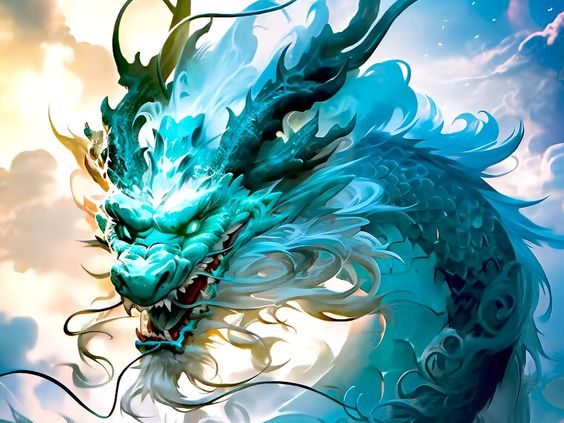
The Azure Dragon, also known as the Green or Blue Dragon, is named Meng Zhang (孟章) and is one of the highest gods of Taoism.
It is the god of the East and one of the “Four Symbols”, corresponding to the “Seven Constellations of the East”.
In the Five Elements, the Azure Dragon belongs to the Wood element.
According to legend, the Azure Dragon is a creator god and the ancestor of the dragon race according to Taoism.
The Master of Huainan (淮南子) says:
“The gods are noble, but none are more noble than the Azure Dragon.”
淮南子
Ying Long – 应龙
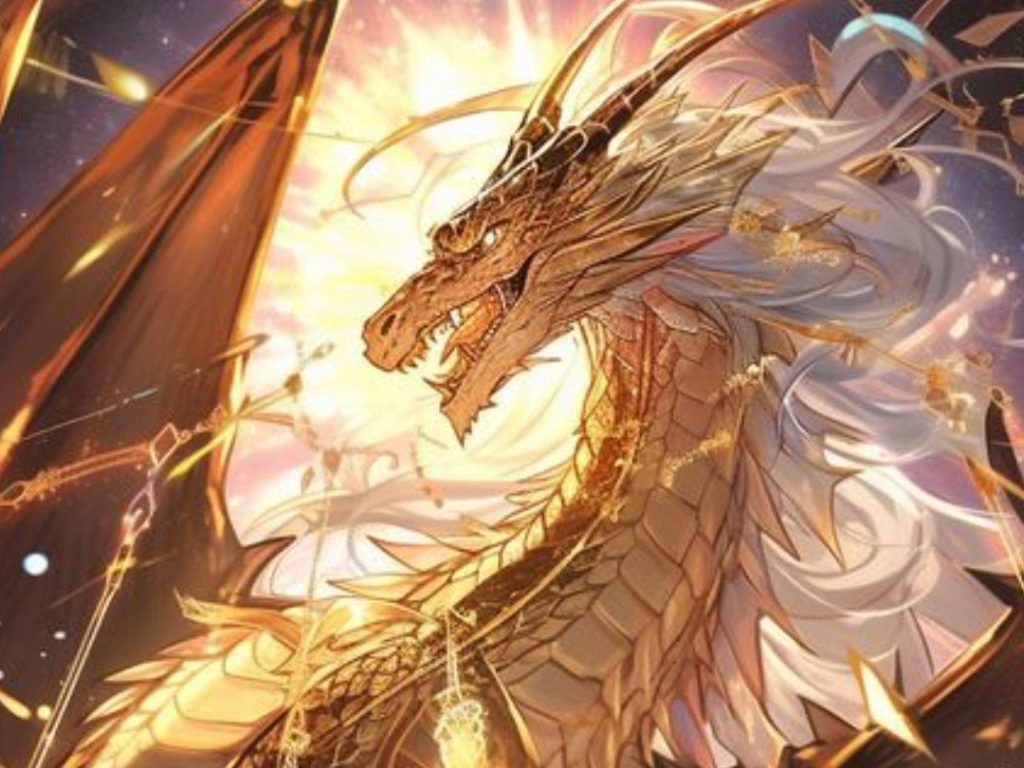
I have already made a post about Ying Long. You can watch it here.
I will only summarize some information about this dragon.
Ying Long is a yellow dragon with two wings.
It is a powerful dragon from the upper realm.
In ancient times, Ying Long descended to the mortal realm three times to help humanity:
The first time was when Zhu Rong and Gong Gong fought a great battle that caused Mount Buzhou to collapse, causing water from the sky to fall, causing floods, and harming the mortal world. Ying Long descended to the mortal world and assisted Nu Wa in mending the sky and saving all living beings.
The second time was when the Yellow Emperor fought against Chi You. At the beginning of the battle, the Yellow Emperor’s side was losing to Chi You. Ying Long appeared and killed Chi You, and helped to turn the tide of the battle.
The third time, Ying Long descended to the mortal world and led the dragon race to help Yu the Great control the flood. It used its tail to draw the land and form the channels for the rivers. During this time, Ying Long also fought against Wu Zhi Qi, one of the Four Monkeys of Chaos. The battle accidentally created the Dragon Gate, linked to the legend of the carp turning into a dragon.
Some say that over time, the wings of Ying Long in artistic works gradually transformed into cloud patterns, creating the image of the dragon representing the Chinese imperial family.
Torch Dragon – Zhu Long – 烛龙
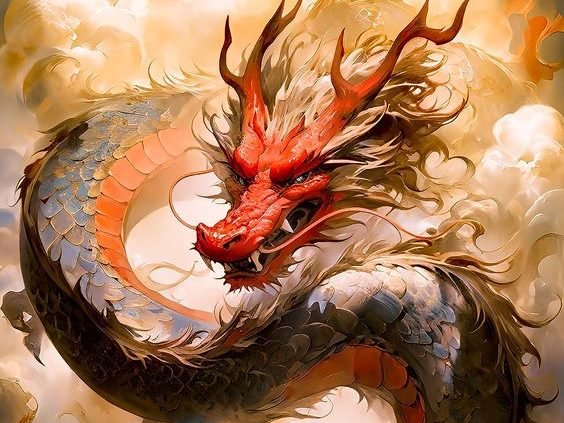
Torch Dragon, also known as Zhu Yin and Zhu Jiu Yin, is a primordial dragon in Chinese mythology.
It has existed since the beginning of the universe when Pan Gu separated heaven and earth.
Torch Dragon is depicted with a serpentine body and a human face. It is said to be thousands of feet long and possesses fiery red scales and radiant eyes that can illuminate the northwest even in the absence of the sun.
According to legend, Torch Dragon possesses immense power. When it opens its eyes, it brings daylight to the world, while closing its eyes ushers in darkness. Its breath manifests as wind, and it is said to control the very cycle of the seasons.
In time, as the sun and moon assumed their roles in the sky, Torch Dragon retreated to the far north of the underworld. Its divine power continues to illuminate the otherwise dark realm of the dead.
After the legendary archer Hou Yi shot down nine of the ten suns, their spirits came to reside with Torch Dragon. The dragon then ordered the nine suns to take turns illuminating the underworld, before falling into a deep slumber.
Bing Yi – 冰夷
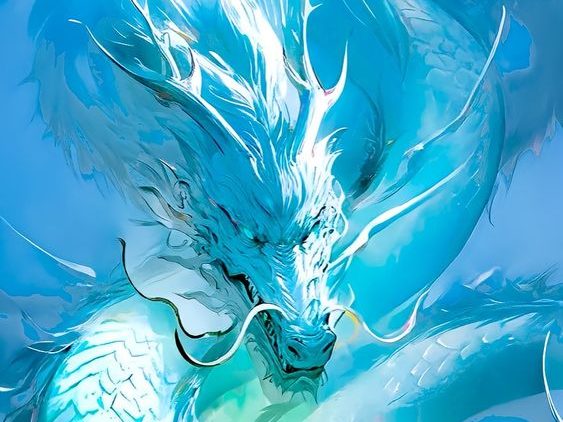
There is a theory that the Bing Yi is a dragon, and there is another theory that says it is not.
According to the theory that the Bing Yi is a dragon, it is an ice dragon born in Kunlun Mountain and is listed by modern people as one of the four ancient dragons.
The Bing Yi is covered in ice and snow, and its breath can cause cold wind to spread everywhere. Wherever it goes, dripping water turns to ice.
There is a theory that the Bing Yi and the Ying Long once had a duel. The final result depends on which dragon the storyteller is a fan of. The reason for the war is said to be that the Bing Yi is jealous of the Ying Long.
Black Dragon – Hei Long – 黑龙
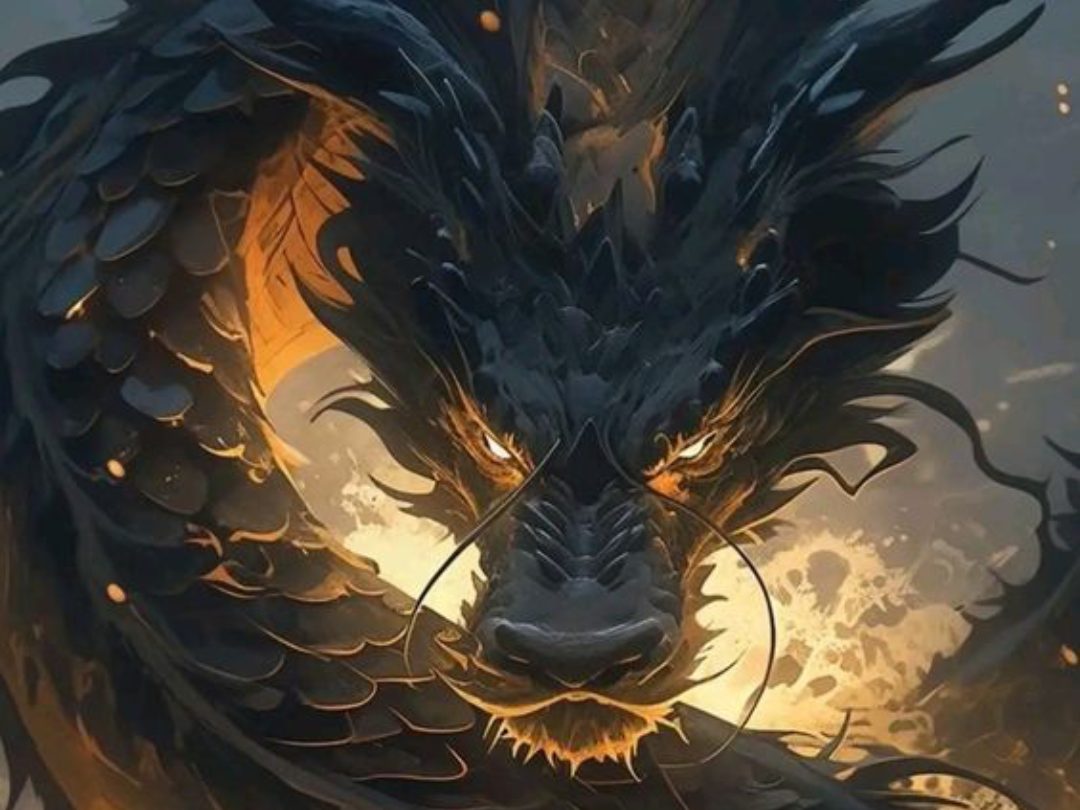
The Black Dragon has a black body and is one of the dragons that appeared in ancient times. However, it is not listed in the group of four great ancient dragons, perhaps because of its ending.
It is the dragons that appeared in the legend of Nu Wa mending the sky but on the side of the villain.
Legend has it that when Mount Buzhou collapsed, the Black Dragon took the opportunity to cause trouble, causing floods to harm the people. Therefore, Nu Wa killed it.
The Ancestral Dragon – Zu Long – 祖龙
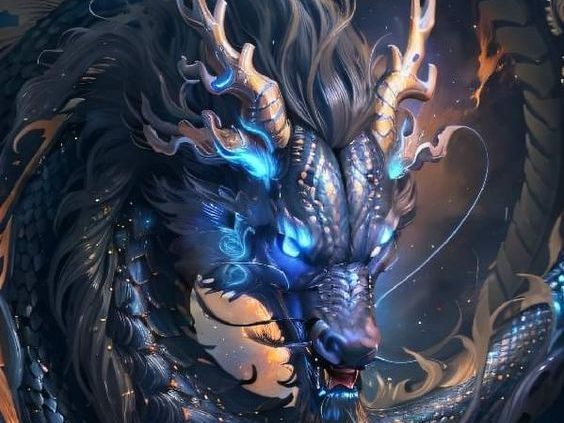
This is a dragon that is often mentioned in online literature novels.
It is said that after Pan Gu separated heaven and earth, the four chaotic elements merged, giving birth to three divine beasts of chaos: the Ancestral Dragon, the Ancestor Phoenix, and the Ancestor Qilin.
The Ancestral Dragon gave rise to the dragon race, which ruled over all scaled creatures and governed the seas.
The Ancestral Phoenix gave rise to the phoenix race, which ruled over all flying creatures and governed the skies.
The Ancestral Qilin gave rise to the Qilin race, which ruled over all land creatures and governed the earth.
Thus began an era of shared rule over the primordial era by the three races.
However, as the population of each race grew, and the resources of the earth were limited, the three races began a bloody and protracted conflict.
With the Phoenix and Qilin clans joining forces, the Dragon clan fell into numerical disadvantage.
Driven by desperation, the Ancestral Dragon initiated the War of Divine Beasts, a last-ditch effort.
The battle raged, the sky and earth darkened, and the Primordial World suffered immense damage. Ultimately, all sides met their downfall.
The widespread conflict led to immense loss of life, with only a fraction of living beings surviving. Many ancient divine beasts perished.
This period, coinciding with the reign of the Taoist deity Yuanshi Tianzun (元始天尊) was known as the Longhan Tribulation.
After the Longhan Tribulation, the Ancestral Dragon’s excessive bloodshed and negative karma resulted in the loss of its fortune. It was imprisoned in Mount Kunlun, forever deprived of any chance of rising again.
Fire Dragon – Huo Long – 火龙
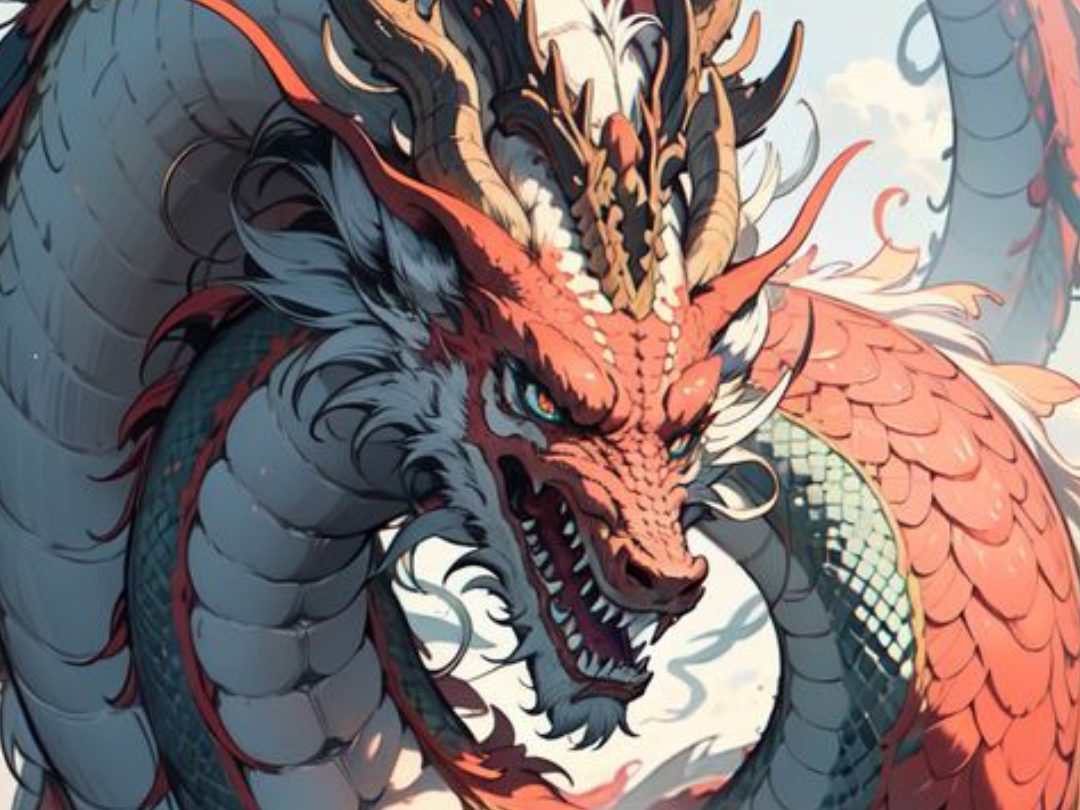
The Fire Dragon Dance is a traditional custom in Puzhai, Guangdong Province, China. It has been held every year on the 15th day of the first lunar month, the Lantern Festival, since the Qing Dynasty.
During the ceremony, local people set off firecrackers and a group of shirtless men run into the village square and lift up a dragon that is more than 30 meters long. The dragon’s body is decorated with many fireworks, so when it is lit up, the dragon’s body shines brightly in many colors.
The festival reaches its climax when an old man in the village sets off the fireworks attached to the dragon’s body, making the dragon come alive and shine brightly.
There are two legends that explain the origin of this custom:
The First Legend: In ancient times, there was a severe drought in Puzhai Village. The people prayed to the Dragon King for rain. The Dragon King was moved and sent a fire dragon to bring rain to the village. The fire dragon flew over the village and spit out rain, which relieved the drought. The people were grateful to the fire dragon and held a fire dragon dance to celebrate.
The Second Legend: In ancient times, there was a vicious dragon in the Puzhai River. It often caused floods and harmed the people. A young man named Zhang Gong decided to slay the dragon. He fought the dragon for three days and three nights and finally killed it. The people were grateful to Zhang Gong and held a fire dragon dance to commemorate him.
Pan Long – 蟠龙
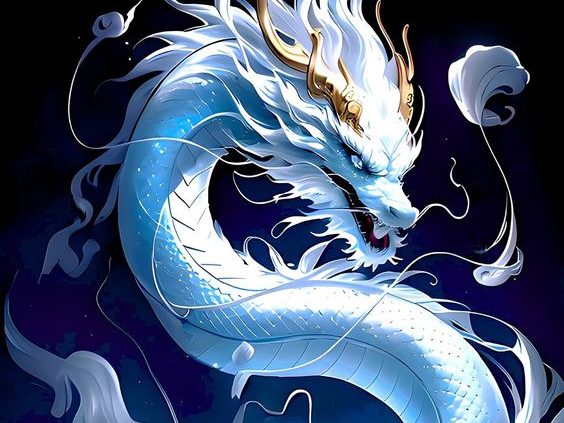
Pan Long is a dragon in Chinese folklore that is said to lie dormant in the earth and has not ascended to heaven. It is often depicted as a coiled or serpentine dragon. In ancient Chinese architecture, dragons that are wrapped around pillars or decorated beams and ceilings are also called Pan Long.
Many years ago, there was a great drought in China. The sun beat down on the land, and the crops turned to brown. The trees lost their leaves, and the earth became barren. People were starving, and there was crying and wailing everywhere.
One day, Pan Long snuck down to earth. But what he saw shocked him. It was planting season, but there was no one in the fields. He saw the barren earth, and his heart sank.
He stopped playing and used the magic. He swished his tail in a half-circle in the air. Suddenly, the sky filled with clouds, and it began to rain.
The rain fell like nectar, nourishing the earth and the people’s hearts. People ran out into the streets and fields. They raised their faces to the sky and let the rain wash over them. They danced and sang in the rain.
After Pan Long brought the rain, the green world was restored.
Seeing this, Pan Long no longer wanted to return to the Dragon Palace and live a lonely and boring life.
He spent his days traveling through the mountains and valleys.
When there was a drought, he would bring rain to the people. When he saw a ship hit a reef and the crew being swallowed up by the water, he would send birds to guide the ship. When he saw ferocious beasts roaming the mountains and harming the people, he would drive them away. When he saw diseases harming people’s health, he would plant large areas of medicinal herbs in the mountains.
In this way, he worked tirelessly for the people, day and night, bringing benefits to people for generations to come.
The people’s lives became better and better, but Pan Long worked himself to death. His long body lay on the fertile land of Ping Gu.
I just shared some information about famous dragons in Chinese mythology, beliefs, and Taoism.
What’s your favorite dragon? Let me know in the comments below!
